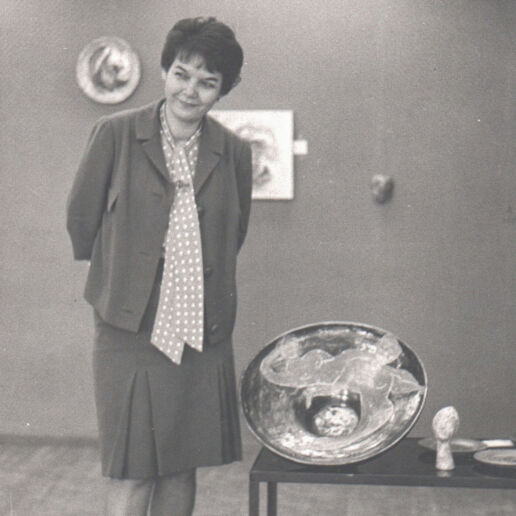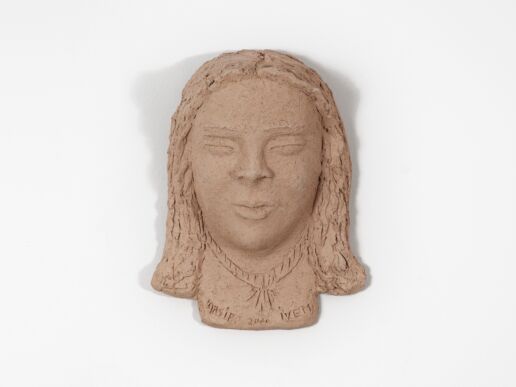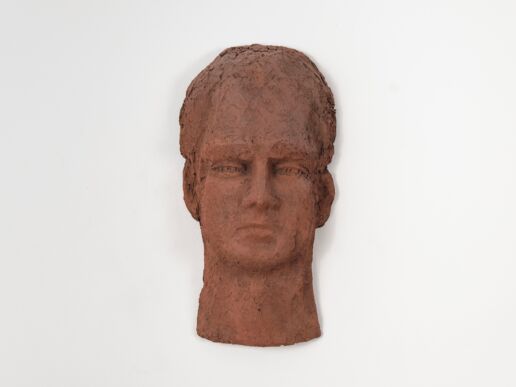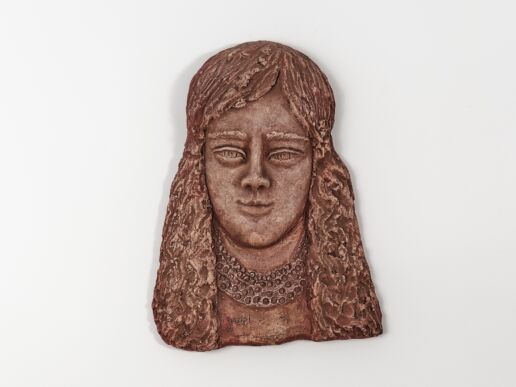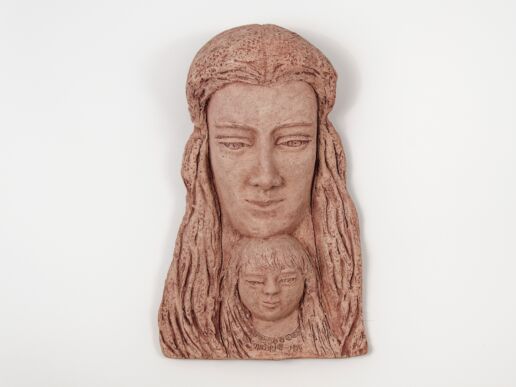NASİP İYEM
The last comprehensive exhibition of the artist before her passing in 2011 was at Evin Art Gallery with her husband Nuri İyem in 2004.
The last comprehensive exhibition of the artist before her passing in 2011 was at Evin Art Gallery with her husband Nuri İyem in 2004. İyem’s works have appeared in numerous group exhibitions over the last two decades; however, this is the first time such a special selection has been presented to the public. A selection of the artist’s works with a focus on the themes of motherhood, family, and abundance awaits the audience on the exhibition wall in Sanayi313’s fascinating atmosphere.
Opening the exhibition at the beginning of spring gains special meaning as we highlight some of İyem’s favourite topics, such as fertility and mother-child. Inspired by former Anatolian civilizations, the artist’s terracotta works rely on materials, subjects, and concepts that have been used since antiquity.
Art enthusiasts eager to delve deeper into the creative mind of Nasip İyem are invited to Sanayi313 in Maslak Oto Sanayi to visit the exhibition that will be open until May 24.
Nasin İyem was born in Istanbul in 1921. Because her family had to move to Gönen in 1925, her childhood years were spent near her uncles, who worked with pottery. Upon her family’s return to Istanbul in 1927, she began her education at Fatih Elementary School. İyem entered the painting faculty of the Academy of Fine Arts in 1939.
Her first teacher at the Academy was renowned French artist Léopold Lévy. Another professor who left a deep impression on her during her school years and who was influential in the development of her artistic personality was the poet and novelist Ahmet Hamdi Tanpınar.
İyem’s first solo exhibition opened in Istanbul’s Ertem Gallery in 1955. At this point, her interest in ceramics and the medium of clay, which had influenced her deeply since childhood, began to grow and would soon come to dominate her work. In fact, with time, these and the small earthen statues for which she would become famous, began to take the place of painting in her practice altogether. Her work grew to include pieces resembling the idols of old Anatolian civilizations, including goddesses and pregnant or child-bearing female figures. Today,critics view these as some of the unique works of art that have established Nasip İyem’s place in the pantheon of Turkish ceramics.


